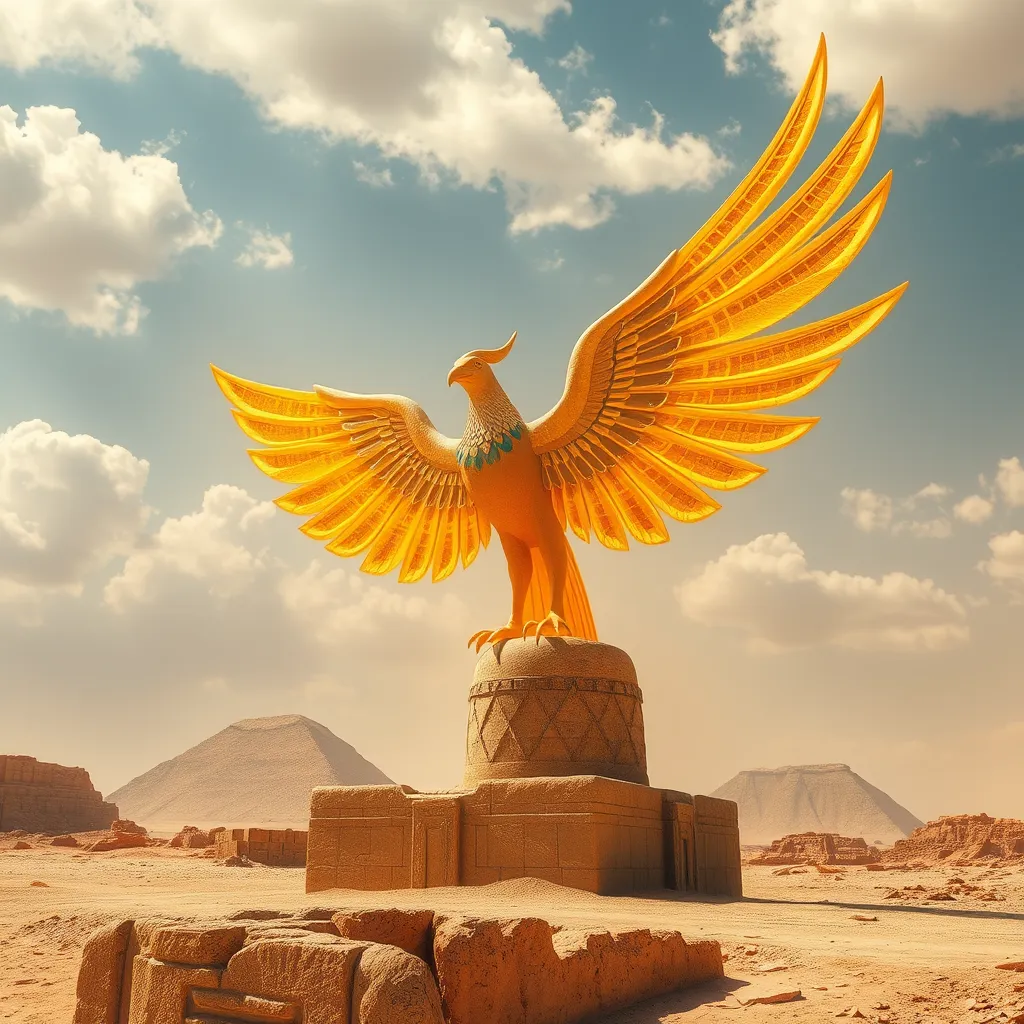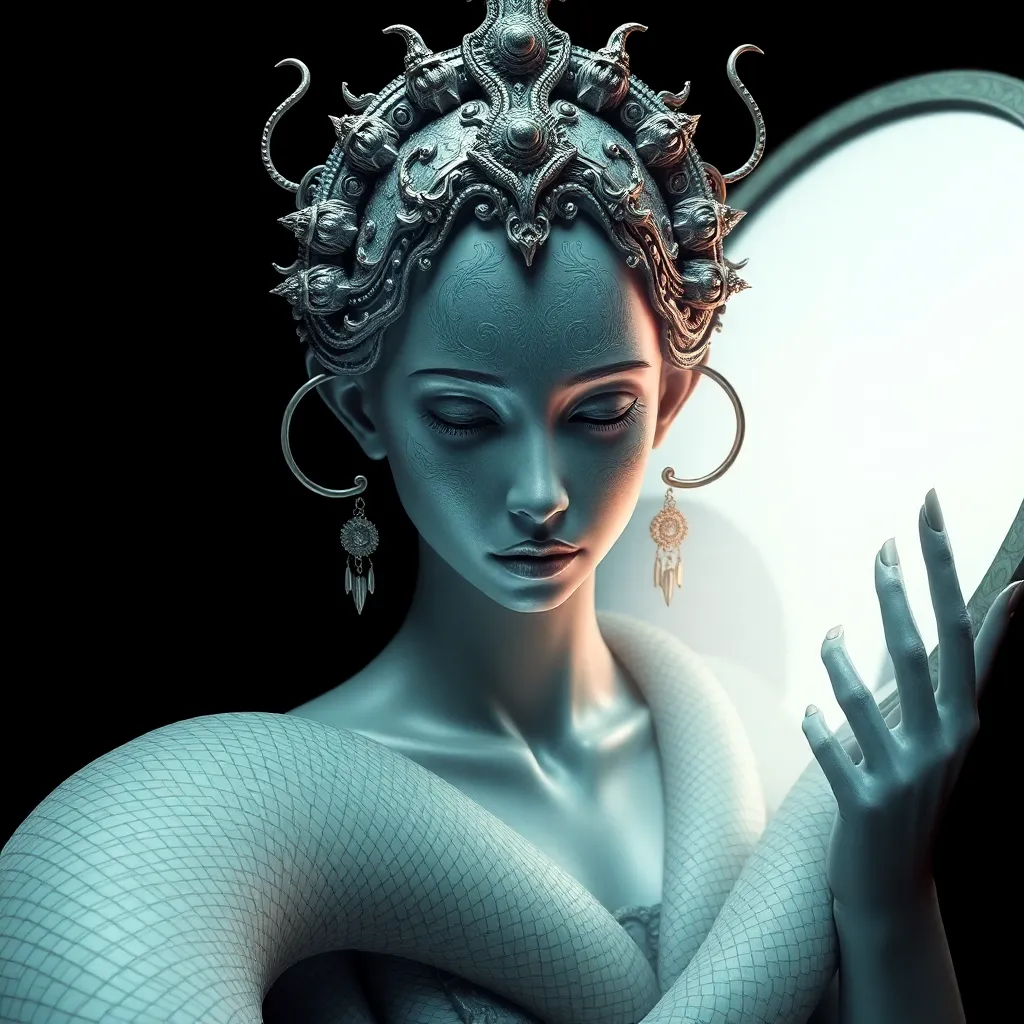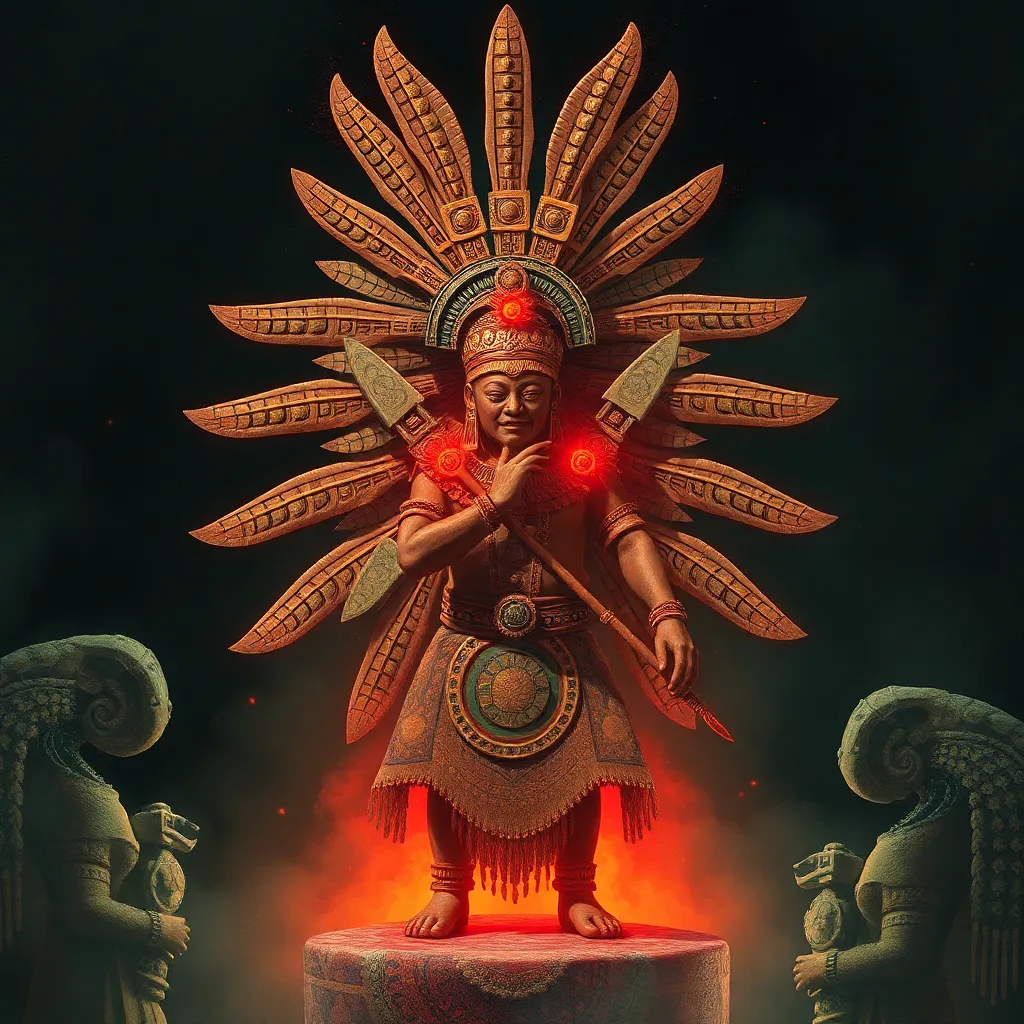Camazotz and the Sun: Examining the Connection Between the Bat God and the Celestial Cycle
I. Introduction
Camazotz, known as the Bat God in Maya mythology, is a significant figure that embodies various themes of life, death, and the underworld. His character is deeply intertwined with the natural world, particularly with the celestial cycles that governed the lives of the ancient Maya. The importance of celestial cycles in ancient cultures cannot be overstated, as they played a vital role in agriculture, religion, and daily life. This article aims to explore the connections between Camazotz and the sun, revealing the intricate relationships between darkness and light, life and death, as represented in Maya beliefs.
II. Mythological Background of Camazotz
Camazotz is depicted as a powerful entity with the features of a bat, often associated with darkness and the underworld. He is a complex figure, embodying both fear and reverence in Maya mythology.
- Description and characteristics of Camazotz: He is often described as a humanoid figure with bat-like features, including large wings and sharp fangs, symbolizing his connection to the night.
- Camazotz’s role in Maya cosmology: In Maya cosmology, Camazotz is linked to the underworld, serving as a guardian of the dead and a guide for souls navigating the transition between life and death.
- Symbolism of bats in Mesoamerican cultures: Bats are often seen as symbols of rebirth and transformation, representing the cyclical nature of existence.
III. The Sun in Maya Beliefs
The sun holds immense significance in Maya religion and culture, regarded not only as a celestial body but also as a powerful deity.
- Significance of the sun in Maya religion and agriculture: The sun was essential for agriculture, dictating the planting and harvesting seasons, and was celebrated in various rituals to ensure its favor.
- The sun as a celestial body and deity: The sun was personified as the god Kinich Ahau, who represented warmth, light, and life.
- The cyclical nature of solar events and their impact on society: Solar events such as solstices and equinoxes were critical markers for the Maya, influencing their calendars and social events.
IV. Thematic Connections Between Camazotz and the Sun
The interplay between Camazotz and the sun reveals a deeper understanding of duality in Maya mythology.
- Duality of light and darkness in mythology: Camazotz represents the darkness of the night, while the sun embodies light. Together, they symbolize the balance of opposites in the cosmos.
- Symbolic interpretations of Camazotz’s nocturnal nature: His association with the night reflects the importance of darkness in fostering growth and transformation.
- The interplay of life and death through solar cycles: The cycles of the sun represent life, death, and rebirth, paralleling Camazotz’s role in guiding souls through these transitions.
V. Rituals and Practices Associated with Camazotz and the Sun
Rituals dedicated to both Camazotz and the sun illustrate the Maya’s reverence for these powerful symbols.
- Examination of rituals dedicated to Camazotz: Rituals often involved offerings and ceremonies to appease Camazotz, seeking protection and guidance in the afterlife.
- Solar ceremonies and their significance in Maya culture: Major solar ceremonies were conducted to honor the sun, ensuring its return and the fertility of the land.
- Intersection of bat symbolism and solar worship in rituals: Certain rituals blended bat symbolism with solar worship, emphasizing the connection between light and dark.
VI. Artistic Representations
Maya art provides a rich visual language that connects Camazotz and the sun through various motifs and themes.
- Depictions of Camazotz in Maya art: Artwork often portrays Camazotz in ceremonial contexts, highlighting his importance in myth and ritual.
- Solar motifs in Maya iconography: The sun is frequently depicted in art, symbolizing life and energy, often in conjunction with other deities.
- Analysis of artistic representations that link Camazotz and the sun: Some artworks illustrate the duality of Camazotz alongside solar imagery, emphasizing their interconnectedness.
VII. Modern Interpretations and Cultural Relevance
The significance of Camazotz and the sun extends into contemporary Maya descendants’ beliefs and practices.
- Contemporary significance of Camazotz in Maya descendants’ beliefs: Many modern Maya still hold on to the traditions and stories surrounding Camazotz, which serve as cultural touchstones.
- The sun’s role in modern spirituality and environmental consciousness: The sun remains a symbol of life and energy in contemporary spiritual practices, with a focus on environmental sustainability.
- How ancient connections influence current cultural narratives: The mythological connections between Camazotz and the sun continue to inform cultural narratives and identities among Maya people today.
VIII. Conclusion
In summary, the connections between Camazotz and the sun reveal a rich tapestry of themes that encompass duality, life cycles, and the intricate relationship between darkness and light. Understanding these ancient mythologies sheds light on the values and beliefs of the Maya civilization, as well as their ongoing cultural relevance. Further research into the connections between deities and celestial phenomena can deepen our appreciation of ancient cultures and their enduring legacies in the modern world.



